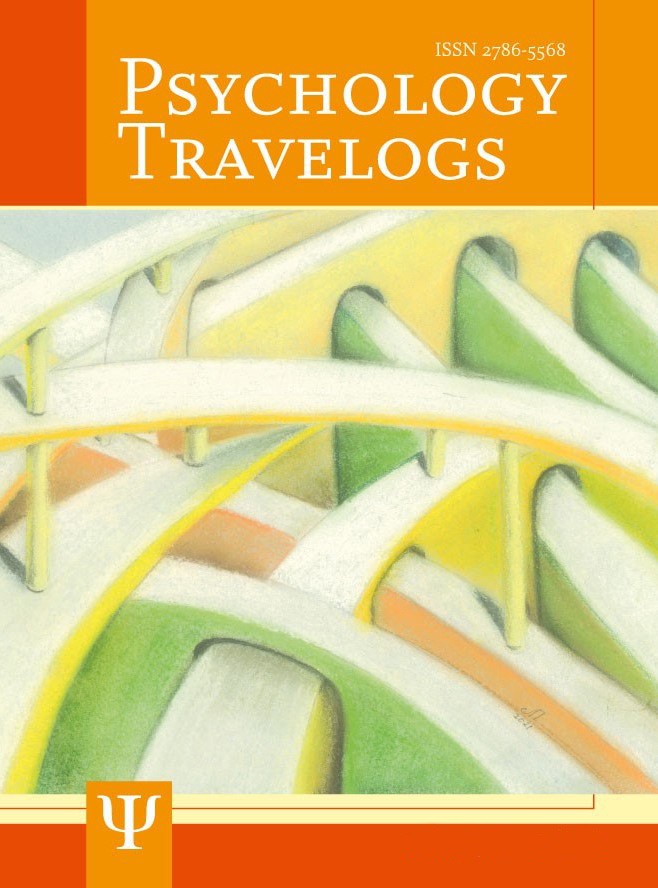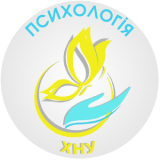PHYSIOLOGICAL SIGHING AS A REHABILITATION METHOD: EVIDENCE BASE AND PRACTICAL EXPERIENCE IN WORKING WITH POST-TRAUMATIC STRESS DISORDER
DOI:
https://doi.org/10.31891/PT-2024-4-11Keywords:
physiological sighing, post-traumatic stress disorder, rehabilitation, breathing techniques, parasympathetic nervous system, PTSD psychotherapy, rehabilitation methodsAbstract
The article focuses on the study of physiological sighing as a method of psychophysiological rehabilitation for individuals who have experienced post-traumatic stress disorder (PTSD). In the context of martial law in Ukraine, this issue has gained particular significance due to the widespread prevalence of PTSD among military personnel, veterans, and the civilian population, including children and the elderly. Physiological sighing is described as a natural breathing technique consisting of two deep inhalations followed by a prolonged exhalation. The method has a solid scientific basis, as it promotes the activation of the parasympathetic nervous system, stabilization of heart rate, reduction in cortisol levels, and decreased amygdala activity—key factors in stress and anxiety reduction.
The article presents findings from recent studies that confirm the effectiveness of the technique in reducing anxiety, improving sleep quality, and stabilizing emotional states. Its simplicity and the lack of need for specialized equipment make physiological sighing a versatile tool for rehabilitation in both group and individual therapy. This method is particularly beneficial for emergency interventions, self-help practices, and work in crisis situations.
Attention is given to adapting the method to the Ukrainian context. It is recommended to conduct localized studies to validate its effectiveness among different population groups and to include physiological sighing in educational programs for psychologists, psychotherapists, and social workers. Additionally, it is noted that integrating this technique into mobile applications could enhance its accessibility, even in remote areas.
In conclusion, physiological sighing demonstrates significant potential as an effective, accessible, and scientifically grounded rehabilitation method for individuals with PTSD, particularly in wartime and post-war conditions. Its implementation could substantially improve the availability of quality psychological assistance and support the psychophysiological recovery of Ukrainian society.







